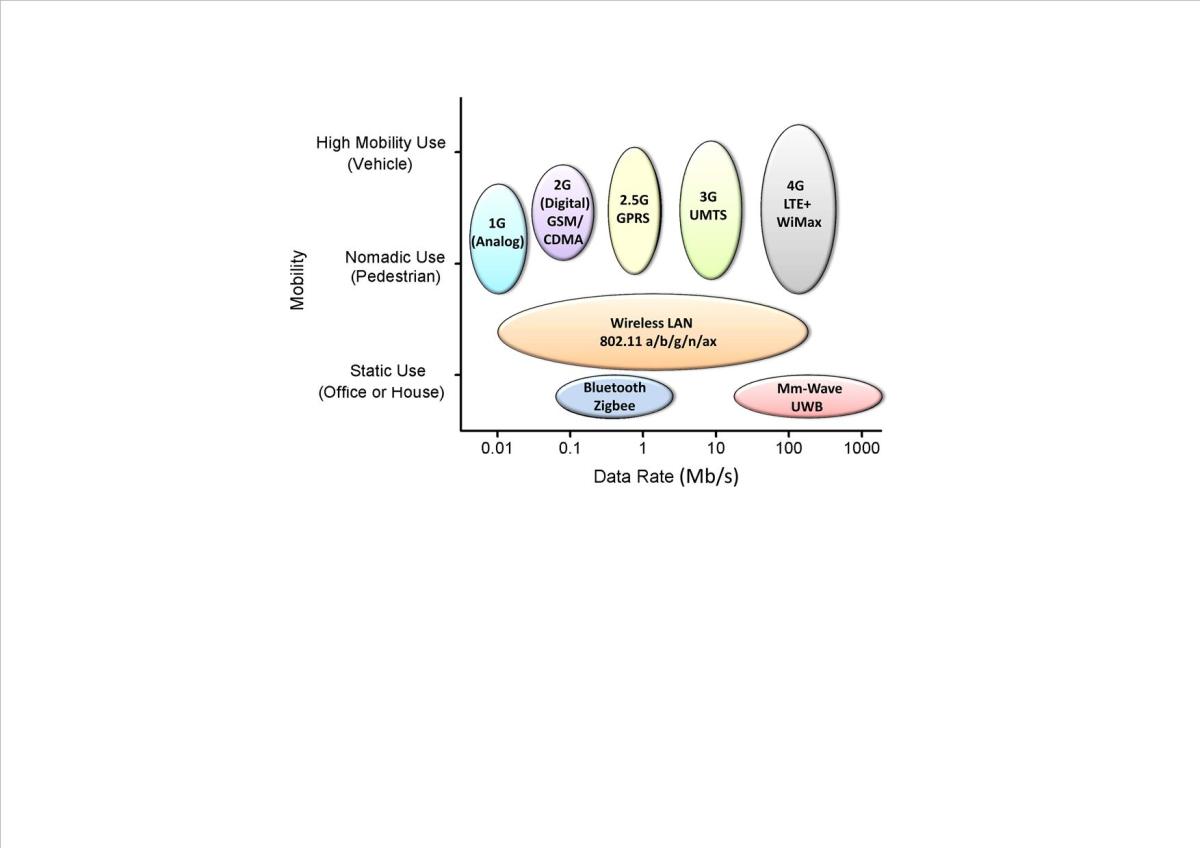

Photonic Generation of Millimetre Waves for Radio over Fibre Communication Systems
An increase in the number of broadband connections has given rise to the growth of overall internet traffic. In tandem with the increased number of broadband subscribers, an increasingly large proportion of internet traffic is wirelessly delivered to/from, portable and mobiles devices with trends showing a 25% compound annual growth rate increase over the next five years. The content delivered to the portable and mobile devices is predominately internet video. This growing demand for such online services, with a focus on moving towards higher quality video streaming incentivises internet service providers and governments to invest in higher capacity access networks with seamless connectivity between the wired and wireless networks. To achieve this seamless communication between the wired and wireless networks, Eamonn Martin and Liam Barry from the School of Electronic Engineering have been investigating a technology known as Millimetre Wave (mm-wave) Radio-over-Fibre (RoF) systems.
Current wireless networks operate in lower frequency bands, such as 2.4 or 5 GHz, where there is a lot of congestion and a lack of available bandwidth. At higher frequencies unlicensed bandwidth is widely available. The systems in this project operate in the 60 GHz frequency band which possesses at least 5 GHz of continuous bandwidth in the majority of countries. This large amount of available bandwidth is capable of providing the required bandwidth for high quality online video services. However, these signals experience high attenuation in atmospheric oxygen and therefore are unsuitable for long range transmission. As a result, the 60 GHz band can be used exclusively for short-range indoor communications (<50 m) where the attenuation becomes negligible. To extend the transmission distances of the mm-waves, and to provide the seamless convergence of the wired and wireless access networks, RoF networks are the most promising solution. RoF systems employ optical fibre to distribute the mm-wave signals to remote antenna units where the wireless signal is transmitted to the end-user’s device. This centralisation causes a reduction in both the capital expenditure and operating expenditure.
This project demonstrated mm-wave generation and RoF transmission systems capable of achieving data rates of up to 25 Gb/s over 50 km of fibre, by employing a number of different laser sources that have low power requirements, mm-scale device footprint and monolithic manufacturability. The systems and devices presented possess the potential to be implemented in future access networks integrating both wired and wireless networks.
Eamonn Martin’s project on Photonic Generation of Millimetre Waves for Radio over Fibre Communication Systems was supported by the Irish Research Council through the International Centre for Graduate Education in Micro and Nano Engineering (ICGEE)
